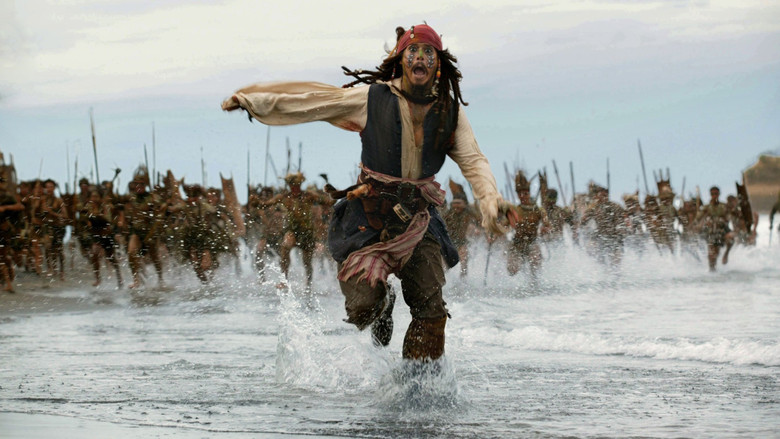https://www.youtube.com/watch?v=CZf-nWogG9Q

What is it called?
Reggie Yates in a Texan Jail
Who directed it?
There wasn't a director. There was two executive producers, Morgan Roberts and Colleen Flynn
Is there a presenter? If so who is presenting it?
Yes there is a presenter. The person who presented the documentary is called Reggie Yates.
What is the story?
Reggie Yates spends one week in Bexar County Jail, Texas, he eats, sleeps and works with the inmates inside the jail. America incarcerates more people than any other country in the world, and the county of Texas jails the most percentage of people out of all the states in the USA. he shows what life is really like on the inside of an American jail, and shows what the real impact of being locked up in America's criminal justice system.
Is there a voice over? Voice of God.
There is no voice over.
Is it convincing? Why?
In my opinion the documentary is convincing, this is because the documentary is shot inside the jail and includes real life prisoners that share their experience. It is also convincing because Reggie (presenter) lives the life a prisoner for week, this gives you sense of trust of the footage. It is also very entertaining
Who is interviewed? Expert witnesses?
In the documentary the people interviewed include:
- Prisoners
- Prison Guards
- People with authority in the prison e.g. Warden
- Specialist inside the psychology ward
- The presenter gives his opinion, on his experience
- People that are close to the prisoners
The documentary included narration throughout. It was narrated by the presenter Reggie Yates and he gave his insight when the camera showed some scenes of him inside his cell after each day in the prison.
It included lots of interviews with Prisoners and Prison Guards, which gave the viewer an insight into there opinion on the problems inside the prison.
It included stills of the prison and of the prisoners, which introduces the viewer in the documentary.
There was music played throughout the documentary, which generally played when there was pan shots of the prison and inside the prison, which showed the viewer the prison inside and outside in its entirety. This also included an establishing shot.










